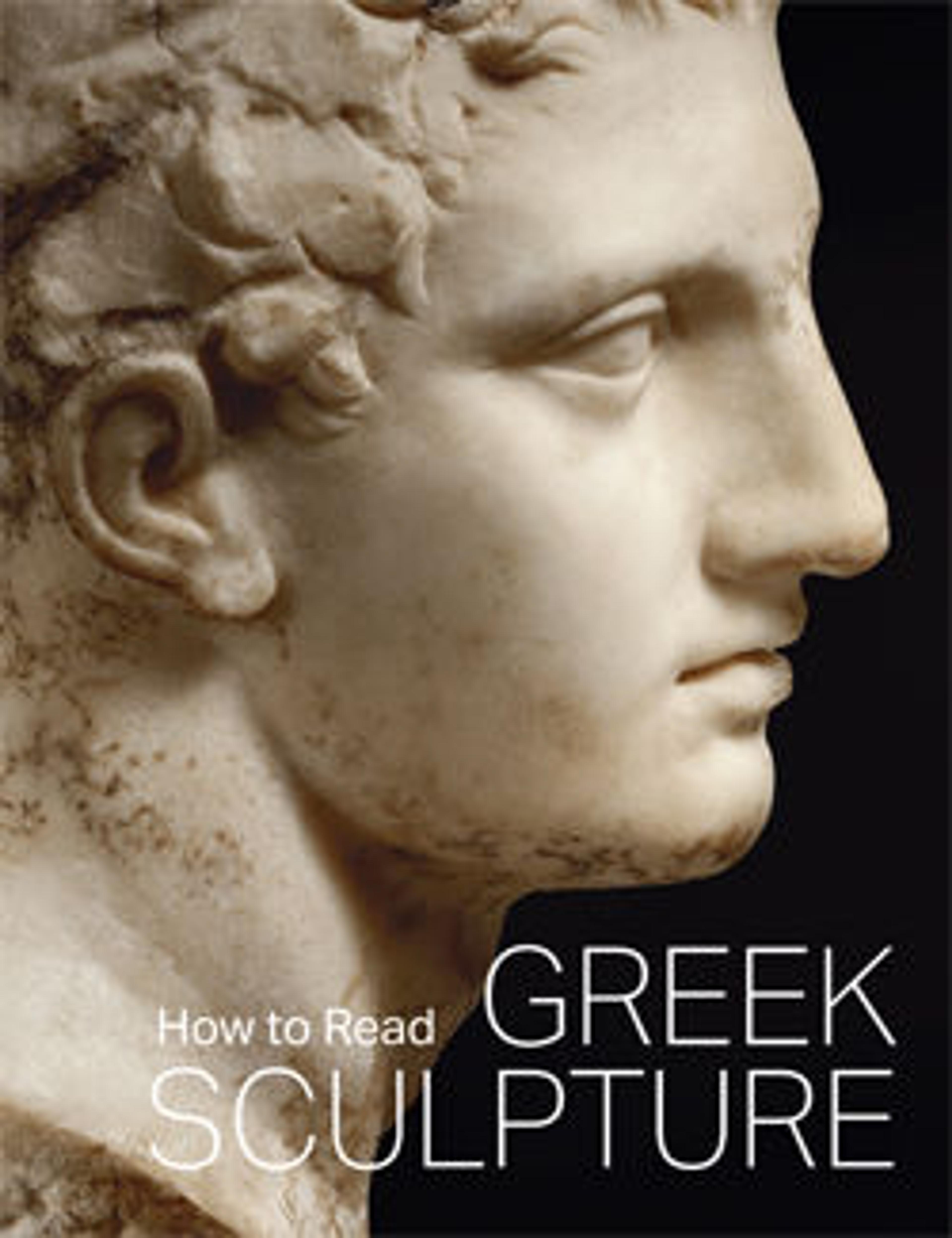English
Bronze man and centaur
This figural group of a man locked in combat with a centaur is attributed to a Laconian Geometric workshop and may come from Olympia. The centaur is represented as a smaller version of his human opponent, but with the addition of the body and hind legs of a horse. The outcome of the fight is indicated by the weapon-head projecting from the centaur’s left side. Recent analysis has revealed that the man’s eyes were originally inlaid with silver, which would have wonderfully contrasted with the centaur’s eyes, inlaid with reddish iron.
Figural groups are rare in Geometric art, and this statuette is among the finest. The lack of attributes and parallels for the scene at this early date makes it difficult to identify the figures with certainty. According to one hypothesis, the scene likely depicts Herakles fighting the centaur Nessos in the middle of the Euenos river, after the monster tried to rape Dejanira, Herakles’ wife. The ornamentation under the base, with a double central zigzag pattern, may well reference the flowing waters of the river.
Decorated base-plates—with perforated and relief geometric patterns—are typical of such statuettes during the later part of the eighth century BCE. This feature served as a stand but might also have been used as some kind of early stamp or seal.
Figural groups are rare in Geometric art, and this statuette is among the finest. The lack of attributes and parallels for the scene at this early date makes it difficult to identify the figures with certainty. According to one hypothesis, the scene likely depicts Herakles fighting the centaur Nessos in the middle of the Euenos river, after the monster tried to rape Dejanira, Herakles’ wife. The ornamentation under the base, with a double central zigzag pattern, may well reference the flowing waters of the river.
Decorated base-plates—with perforated and relief geometric patterns—are typical of such statuettes during the later part of the eighth century BCE. This feature served as a stand but might also have been used as some kind of early stamp or seal.
Artwork Details
- Title:Bronze man and centaur
- Period:Late Geometric
- Date:ca. 750 BCE
- Culture:Greek
- Medium:Bronze
- Dimensions:H. 4 3/8 in. (11.10 cm)
- Classification:Bronzes
- Credit Line:Gift of J. Pierpont Morgan, 1917
- Object Number:17.190.2072
- Curatorial Department: Greek and Roman Art
Audio
1441. Bronze man and centaur
0:00
0:00
We're sorry, the transcript for this audio track is not available at this time. Please email info@metmuseum.org to request a transcript for this track.
Listen to more about this artwork
More Artwork
Research Resources
The Met provides unparalleled resources for research and welcomes an international community of students and scholars. The Met's Open Access API is where creators and researchers can connect to the The Met collection. Open Access data and public domain images are available for unrestricted commercial and noncommercial use without permission or fee.
To request images under copyright and other restrictions, please use this Image Request form.
Feedback
We continue to research and examine historical and cultural context for objects in The Met collection. If you have comments or questions about this object record, please contact us using the form below. The Museum looks forward to receiving your comments.
